Savoia-Marchetti
SM-79

The
Savoia-Marchetti
SM.79 Sparviero (Italian for "Sparrowhawk") was a
three-engined Italian medium bomber with a wood-and-metal structure.
Originally designed as a fast passenger aircraft, this low-wing
monoplane, in the years 1937–39, set 26 world records that
qualified it for some time as the fastest medium bomber in the world.
It first saw action during the Spanish Civil War and flew on all
fronts
in which Italy was involved during World War II. It became famous and
achieved many successes as a torpedo bomber in the Mediterranean
theater. The SM.79 was an outstanding aircraft and was certainly the
best-known Italian aeroplane of World War II. It was easily
recognizable due to its distinctive fuselage dorsal "hump", and was
well liked by its crews who nicknamed it Gobbo Maledetto ("damned
hunchback"). It was the most widely produced Italian bomber of World
War II, with some 1,300 built, remaining in Italian service until
1952.
The Kit
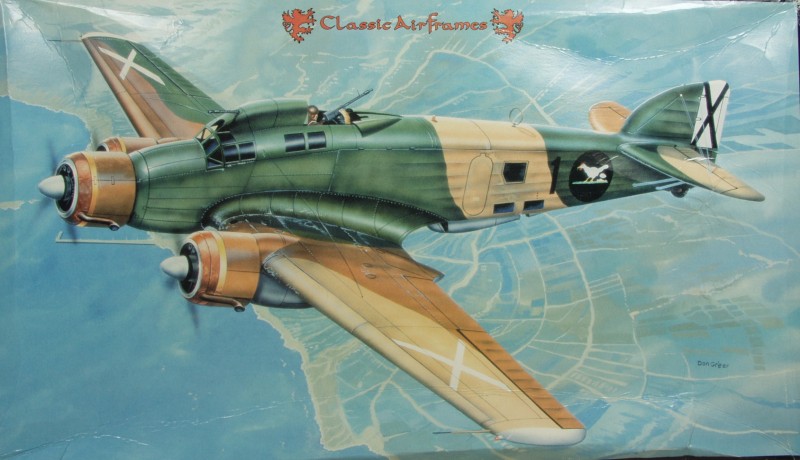
The Classic Airframes kit comes in a some what thin top open tray type box. You can tell from the photo that the box has not held up well in the stash. The kit was released around 2005 and is no longer in production although I suspect that MPM, who molded it for Classic Airframes originally, still has the dies and could release it again in the future. Trumpeter released a kit of this aircraft around the same time and while it is probably and easier build I will post links at the end of this review to some comparisons between the two and you can decide for yourself. Inside the box there is one large bag with all of the main parts in it. Two small bags have resin parts and one has the clear parts. The parts are molded in gray and have a matte finish. Typical of Classic Airframes kits this produced from low pressure molds. Some flash is found on most parts and mold separation lines are moderately heavy as are the sprue attachment points. There are numerous ejector pin towers and some of these may need to be removed for fit or appearance purposes. All of the control surfaces are molded in the neutral position and the hinge lines on some of them could stand to be deeper although the ones on the wings are pretty good as they are. Surface detail consists of recessed panel lines which are fine and consistent and a few recessed fasteners. The fabric detail is very restrained and looks quite nice. There is some raised detail as well where appropriate. Looking over the main air frame parts I found no surface defects.
Detail wise the cockpit is very well appointed utilizing the large number of resin and photo etch parts supplied, there is also some detail in the compartment behind the pilots position. The dorsal gunners position can be left closed as molded or open which requires some cutting. The wings are molded in five pieces, the bottom having a center section and two outer sections and the tops have a single piece on each side. The gear bays are closed in but otherwise are featureless. The gear doors are molded as one piece and need to be split for a gear down configuration. The wheels are also cast in resin and are weighted. The engines are one piece resin casting and quite lovely, one adds to air intakes to these and they are then trapped between two cowling halves. A resin exhaust stack finishes it off. The propellers have separate blades and you are on your own to set the pitch. If you desire to have the side fuselage door open, which will require cutting there is a photo etch set of stairs you can mount on the inside of the door which opens down to form a ramp. Lets look at the parts...
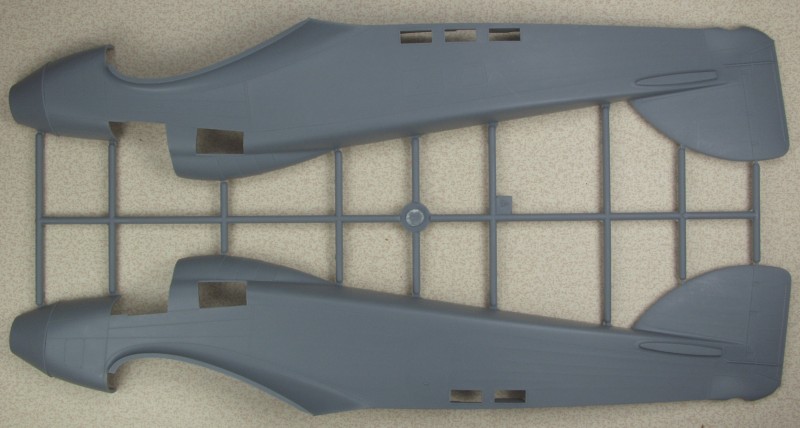
The horizontal tail planes are molded in one piece.
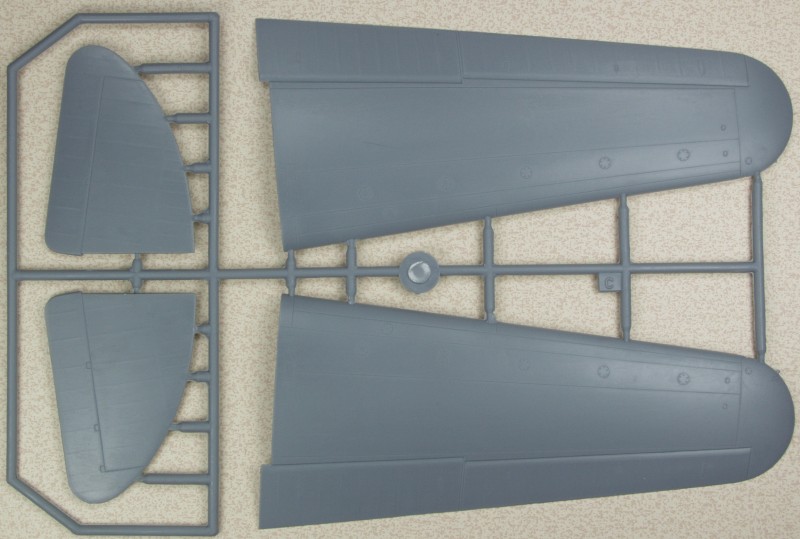
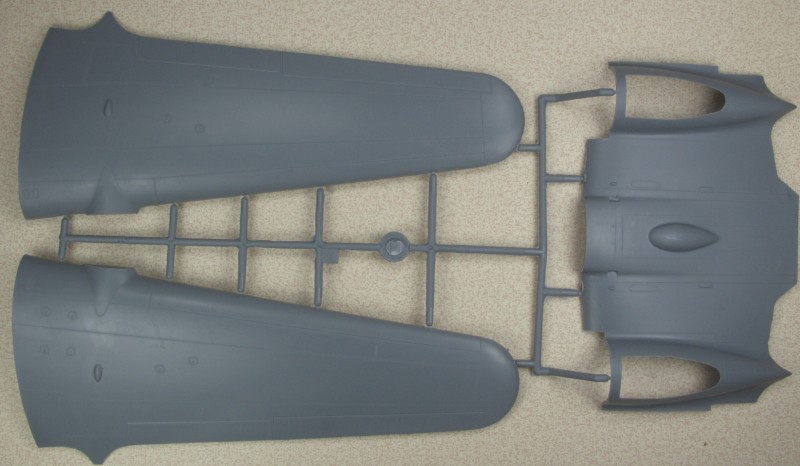
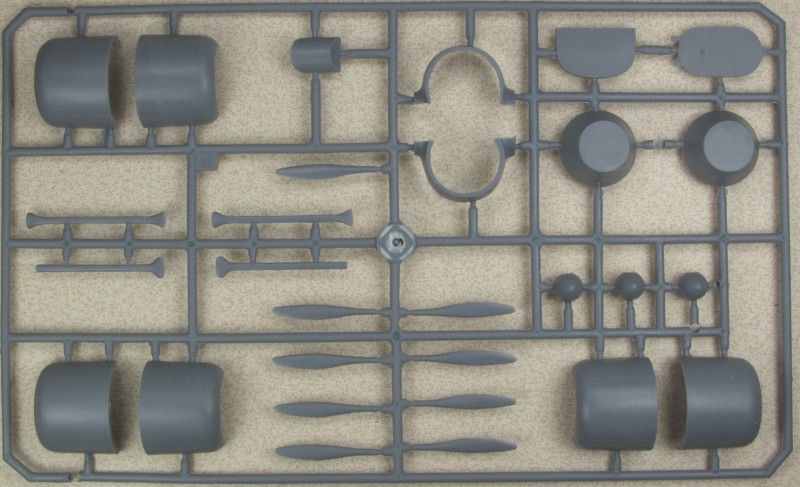
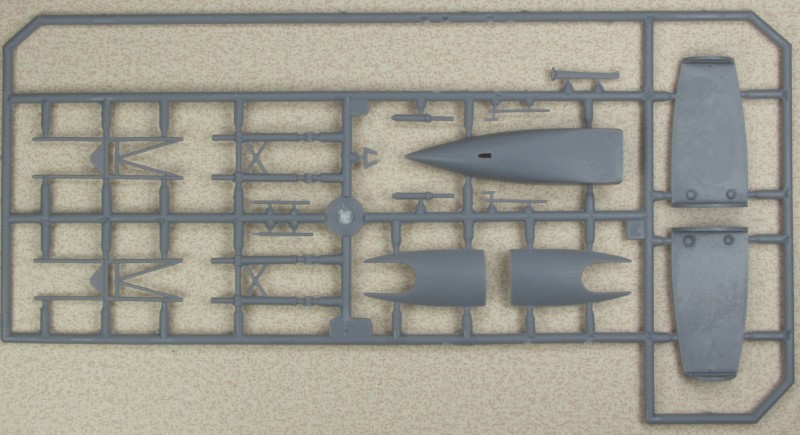
The resin pieces are all nicely cast and the only air bubbles I found were in places that won't be seen. This group had the cockpit floor, side walls, pilots seats, a console, gunners position and engines.
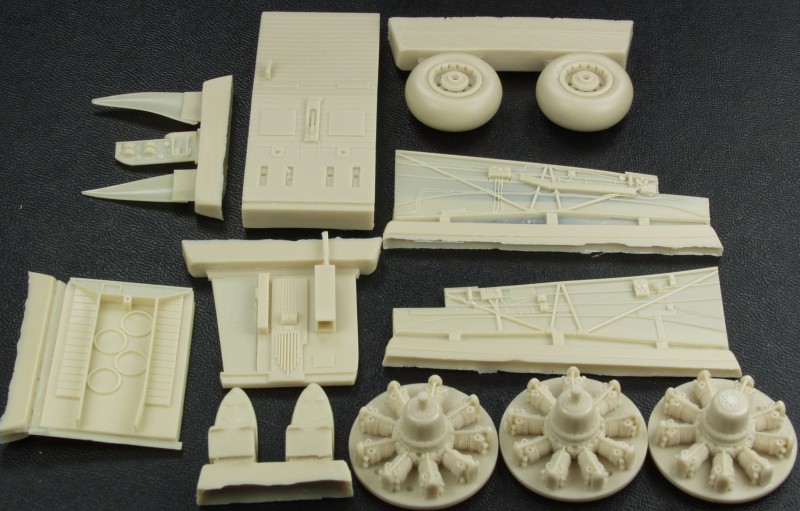
This group has more interior parts including the instrument panel, radios, control yokes, exhaust stacks, machine guns, tail wheel, control mass balances and a number of other detail parts.
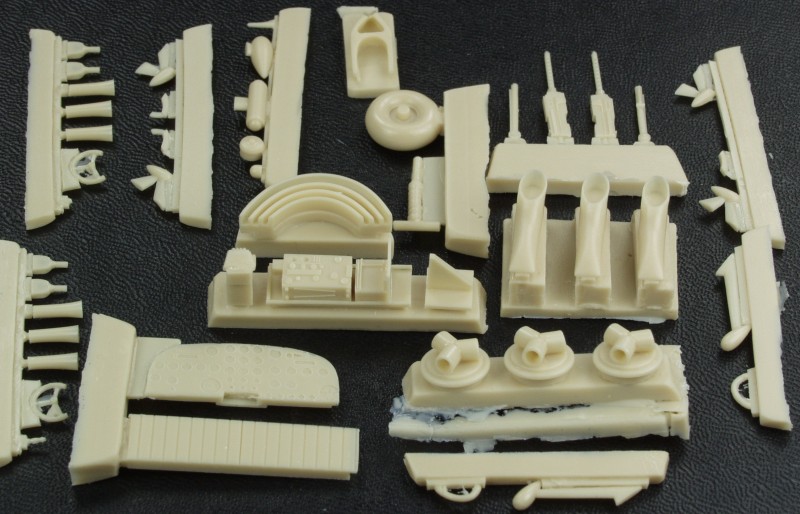
The photo etch fret has the ramp stairs, some control levers loop antenna and a couple other parts.
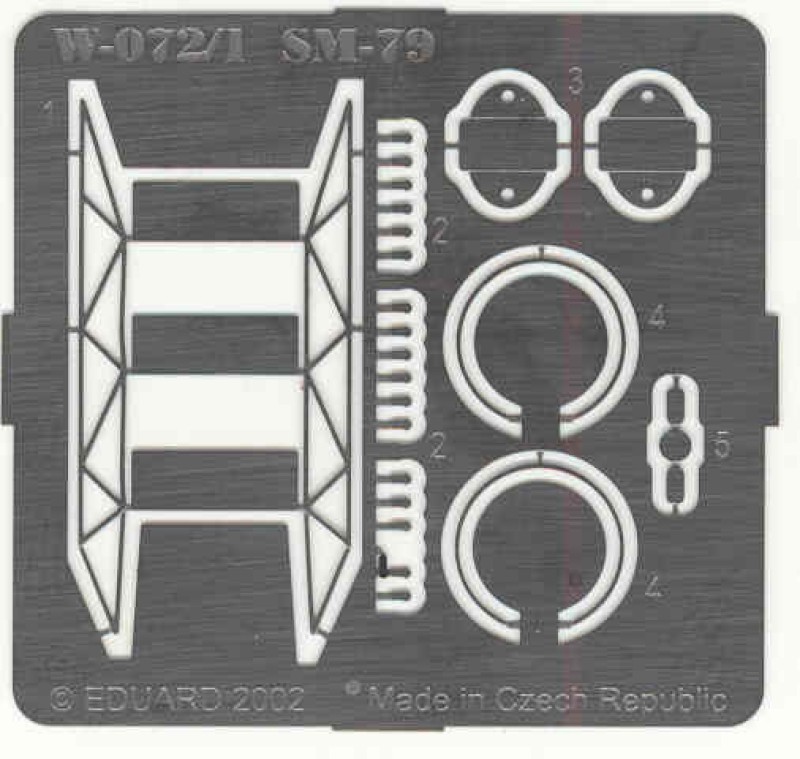
The clear parts are thin and clear with little optical distortion and the frame lines are well defined.
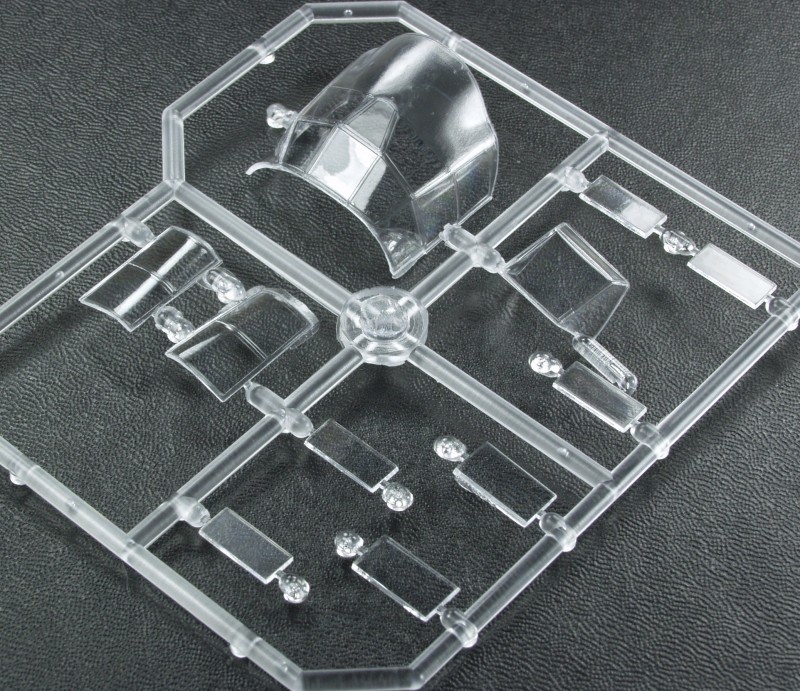
The decals are printed by Microscale which means they are quality decals. Markings are supplied for three aircraft, two from the Spanish Civil War and one from Sicily in the 1940 - 1941 period. They appear to be everything one would expect from Microscale, glossy, in register and opaque.
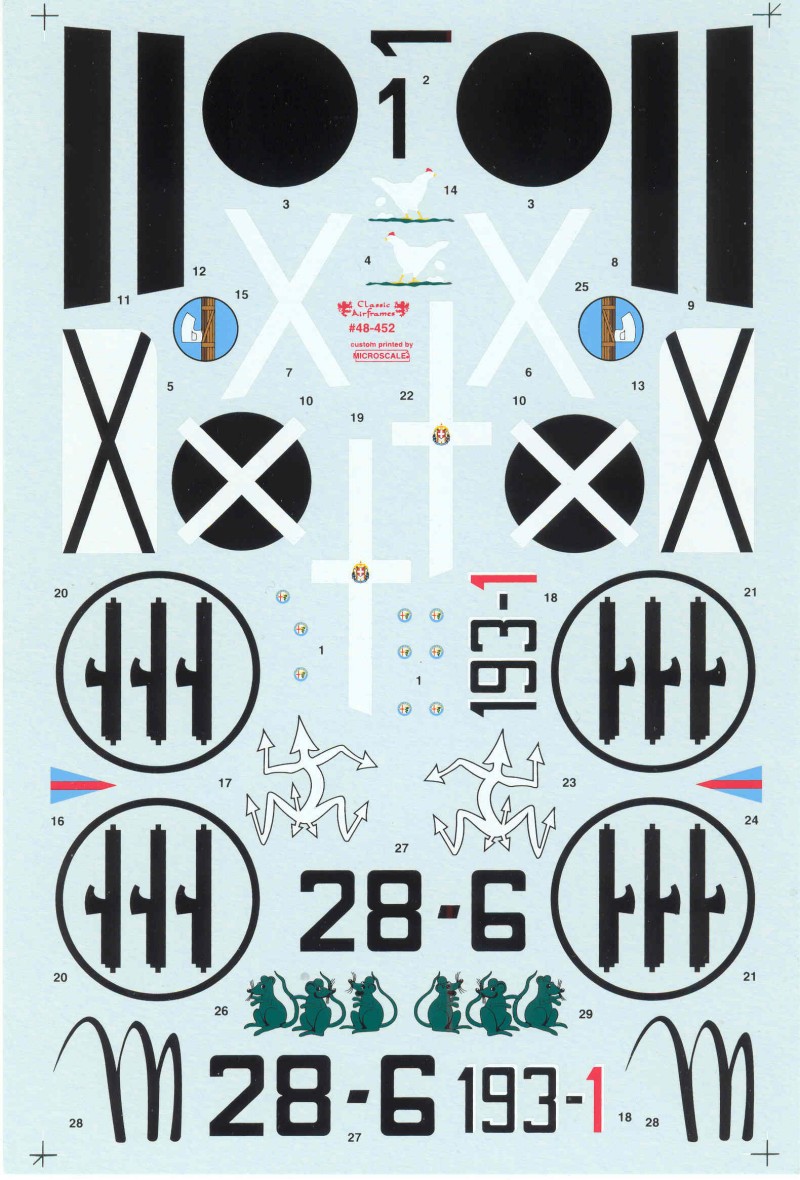
The instructions are contained in a small booklet stapled at the spine and twelve pages long. They contain the standard fair for instructions of late, brief history and specifications, icon chart, paint call out are by name only, no brands listed. A parts map is provided. The assembly is divided into 25 steps. The center page in the book has drawings of the SM-79 side views on one side and top and bottom view on the other, the drawings are not to scale. A separate sheet printed in gray scale on glossy paper illustrates the markings and paint schemes of the three aircraft supplied on the decal sheet.
After Market Goodies
Eduard produced some sets for this kit but it has been out of production for a while and to find them you may need to go to Eduards website or check eBay.
Conclusions
This is a very typical Classic Airframes kits albeit one of there better efforts but it is a limited run low pressure molded kit which means more clean up involved, more fit issues and the need to work with a variety of materials other than just molded plastic. Parts must be test fit before gluing. That said it really will produce a better looking more detailed result than the Trumpeter kit. The Trumpeter kit is no doubt an easier build so you'll need to decide yourself which one you want. Recommended for experienced modelers.
Links to kit build or reviews
A very nice build/review can be found here
A comparison build/review of both kits can be found here
and here.
References
Famous Bombers of the second World War by William Green